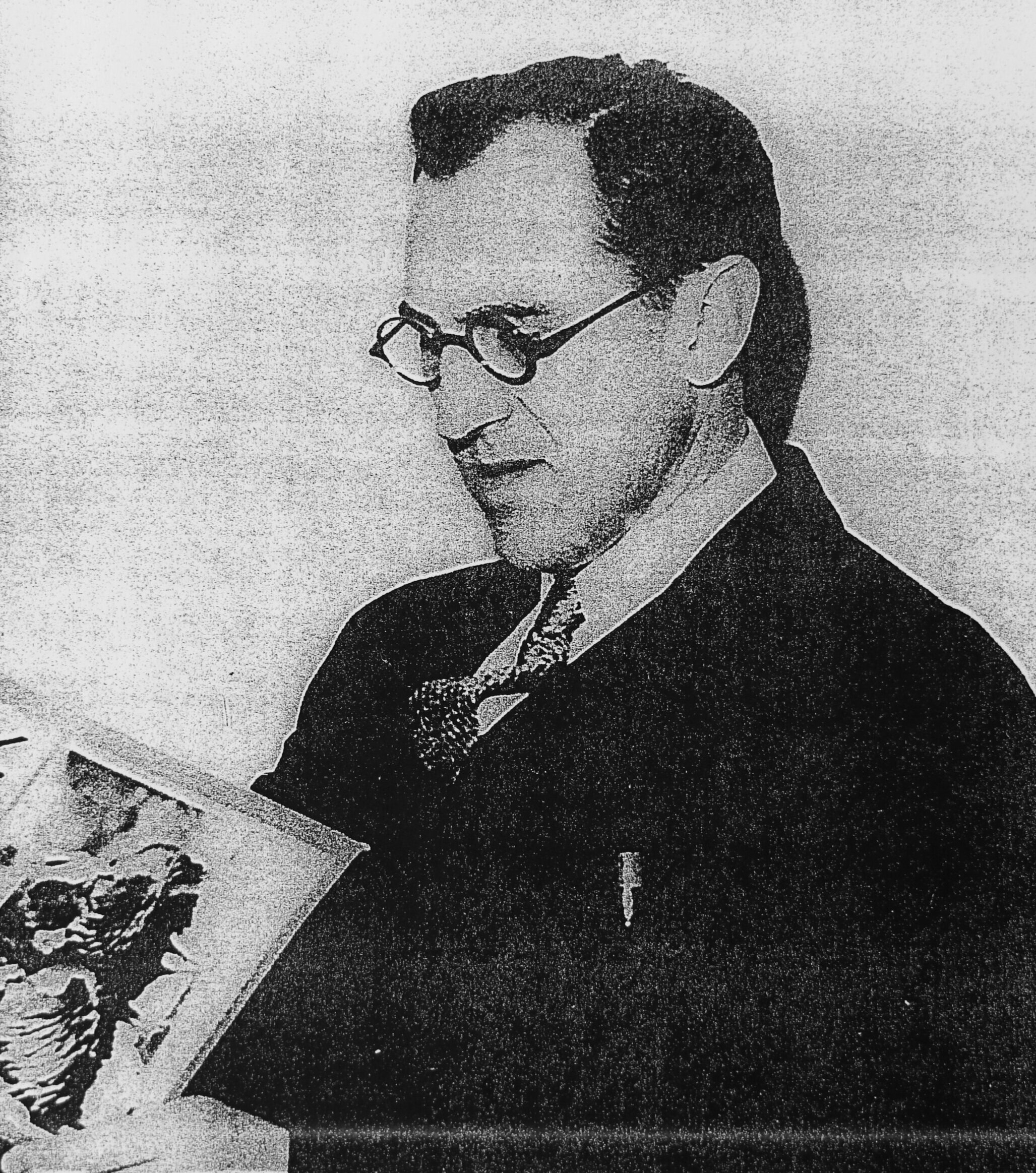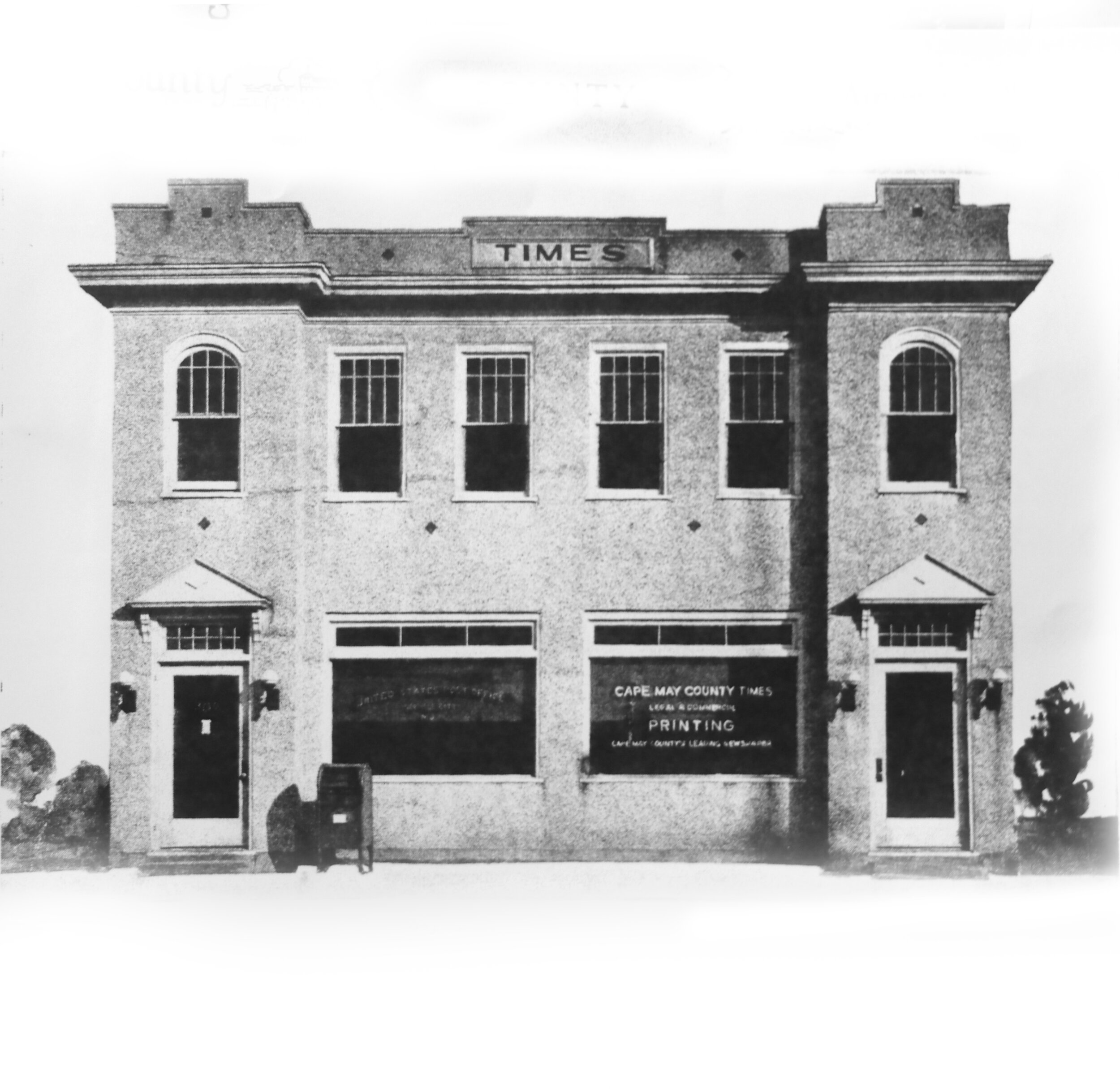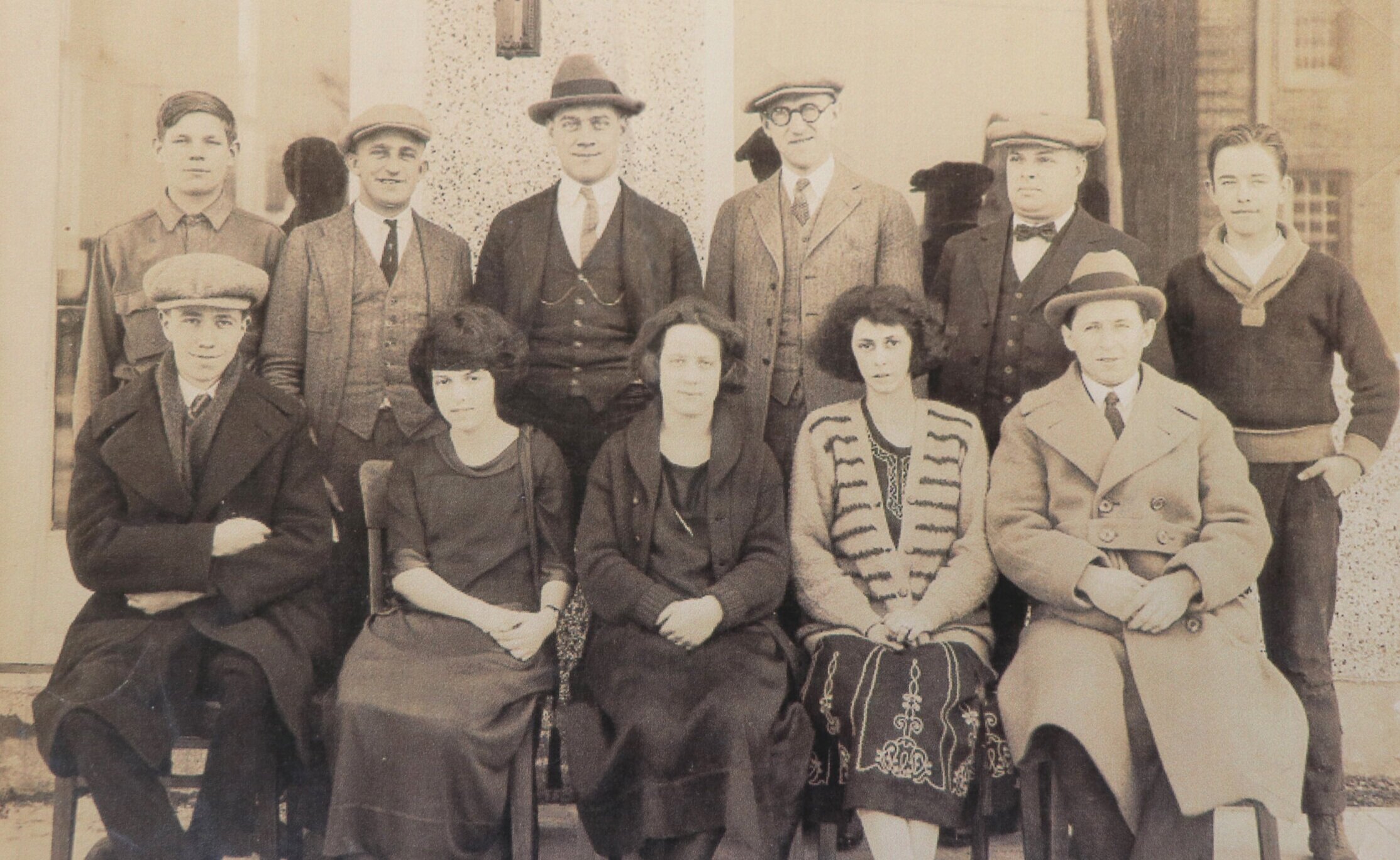Before Our ‘Times’: A Look Back at Sea Isle’s Early Newspapers
Long before the invention of the television and the advent of the Internet, people stayed informed through newspapers and what is now referred to as “snail mail,” or letters handled by the United States Postal Service. Although the news they received might be days or weeks old, it was still preferable to no information at all.
Back in the 1880s, a man named Alfred Cooper, publisher of the Cape May County Gazette in Cape May Court House, noted the growing population in Sea Isle City and decided the time was right for the town to have its own newspaper. Also produced in Cape May Court House, he christened it the Sea Isle Pioneer, and hired Thomas E. Ludlam as local editor. The Pioneer published for two years until its name was changed to the Cape May County Times.
As it prospered, the Cape May County Times was moved to Sea Isle City, with its first office located on the second floor of a building on the southwest corner of Landis and West Jersey avenues that had been remodeled and renovated. The newspaper, which originally was four pages and measured 15-by-21 inches, contained official city notices, advertisements, and snippets of local, national and international news.
In 1914, the Cape May County Times changed hands, bought by 21-year-old William Anthony Haffert, who could be considered a modern-day Rupert Murdoch of sorts.
Haffert was born in Newark, N.J., and launched his newspaper career as a cub reporter for the Summit (N.J.) Record, then advertising manager for both the Summit and the Atlantic City Evening Union. He later became the editor of the Somers Point Record.
He came to Sea Isle City in 1912 and became the editor at the Cape May County Times in 1913. When he bought the Cape May County Times and its publishing plant from its owner, Selden Twitchell, the following year, he also bought Seven Mile Beach Reporter in Stone Harbor. Both newspapers became prominent in southern New Jersey.
The masthead of the Cape May County Times from May 23, 1919 notes that the newspaper was published every Friday from its offices at Landis and West Jersey avenues. Haffert was listed as president and general manager, with Chas. O’Connor its treasurer and C.F. Schuck its secretary. The company had a Philadelphia office at 717 Mutual Life Building. The subscription price was $1.50 per year.
A small advertisement next to the masthead offered the services of Haffert as a Notary Public, with “all work promptly attended to.”
As the paper grew and prospered, it needed more space, and a new building and printing plant was constructed on Landis Avenue. In its issue of Feb. 8, 1924, the Cape May County Times devoted the entire front page to its history and gave details about its formal opening, inviting the public to a housewarming and to see the plant in operation.
An editorial on the front page headlined “Times’ Shows Steady Growth” noted that: “The motto adopted then, and the same motto that is still in force, is ‘Do It Better.’ To the constant application of this motto to every branch of the Times’ business is attributed to its present growth – better printing; a better newspaper; better working conditions; better community service.”
Another small newspaper during this period was the Sea Isle City Review, established in 1907 by Max Baldwin, a former editor of the Cape May County Times, along with a group of businessmen in Sea Isle. Baldwin was an interesting character, having been fired by the Times in 1906 due to “irregularities in his conduct of the business.”
Those irregularities continued while he was publisher of the Sea Isle City Review, and one day he disappeared with a large amount of money. The Times reported on the whereabouts of the thrice-married Baldwin a decade later, on the front page of the issue of May 11, 1917:
“Max C. Baldwin now reposes in the State Prison at Waupum, Wis., convicted of charges of forgery and bigamy … when he is released from prison, he no doubt will go right back ... as he had no divorces from his other two wives.”
The Sea Isle City Review was later bought by the Times.





Haffert also gained controlling interest in the Ocean City News in 1925, and was its publisher until 1929, when it merged with the Ocean City Sentinel Ledger, as well as the defunct Sea Isle Review.
Shortly after acquiring the Cape May County Times, Haffert established the Atlantic Printing and Publishing Company, which he later called the Garden State Publishing Company. He built a home for the company on the east side of Landis Avenue between 44th and 45th streets.
In 1931, Haffert bought a niche newspaper, the Garden State Farmer, and in 1932 changed its name to New Jersey Farm and Garden. The publication was often credited with the success and development of agriculture in the state.
The Garden State Publishing Company survived the Great Depression, but most of its smaller newspapers folded – all but the Cape May County Times and the Seven Mile Beach Reporter. But by 1940, it started to grow again. Haffert started several regional agricultural publications, including the New Hampshire Breeder, a poultry magazine dedicated to the breed of chicken known as the New Hampshire. It was reported that the magazine had a strong influence in the development of that breed, which became the most popular in America by 1942.
The company issued a number of books on religious subjects under the banner of the Scapular Press, expanded its offices and printing plant in Sea Isle, and opened branch offices in New York and Chicago.
In Sea Isle, Haffert served as mayor for 11 years, beginning in 1946. He was active in many civic affairs, including as a member of the Sea Isle Board of Education for more than 26 years. He was also chairman of the Sea Isle Planning Board, president of the Sea Isle City Rotary Club, and rear commodore of the Sea Isle City Yacht Club.
In 1949, Haffert sold the Cape May County Times, the last of his newspapers, to William C. Hunt of Wildwood, after having been its publisher for 35 years.
Haffert died in 1976 at the age of 82. At the time, he was still chairman of the Garden State Publishing Company. A year after his death, the title to the Garden State’s agricultural publications was sold to the Watt Publishing Company of Mount Morris, Ill.
According to the Sea Isle City Historical Museum, the company’s property was sold a decade later, remodeled but with its facade basically unchanged.

